Temporary Set-ups for Recovering Built Heritage: a ''Pre-action''
Abstract
The abandonment of ancient villages and the reduction of the sense of community that characterized them, makes it urgent to rethink forms and practices that can reignite the interest in the places themselves, their built heritage and their possible reactivation. Disciplines such as exhibition setting up and environmental art, which deal with the creation of experimental and temporary installations in the existing environment, turn out to be of great interest for the role they could play in this direction. The creation of small architectures or short-duration artistic installations is, by its nature, a “light” action, of low cost and reversible. For this reason, it represents a way of intervention mode that is easier to put into practice and achieve than a usual process of re-planning and recovery. We could say, in a single word a “pre-action”. A pre-action with the intent of bringing back to attention a wider urgency needing longer and more complex intervention. In recent years, both in Italy and abroad, temporary actions on degraded or abandoned historic heritage are becoming more and more widespread. This testifies to the effectiveness that the surprise that temporary action produces, is able to reach an increasing number of people and increase their awareness of the themes of architectural and environmental valorisation and recovery. The aim of this intervention is to illustrate some recent experiences carried out in abandoned environments, identify their common features, any critical issues and outcomes, with the purpose of outlining possible scenarios in which temporary action can be a useful tool for preliminary action on built heritage.
Allestimenti temporanei per il recupero: una “pre-azione”
L’abbandono dei borghi antichi e la riduzione del senso di comunità che li caratterizzava, rendono urgente ripensare forme e pratiche che possano riaccendere l’interesse verso i luoghi stessi, il loro patrimonio edificato e la loro possibile riattivazione. Discipline come l’allestimento e l’arte ambientale, che si occupano di creare installazioni sperimentali e temporanee nell’ambiente costruito, risultano essere di grande interesse per il ruolo che potrebbero assumere in questa direzione. La realizzazione di piccole architetture o di installazioni artistiche effimere è, per sua natura, un’azione “leggera”, di costo contenuto e reversibile. Rappresenta, quindi, una modalità d’intervento più facilmente perseguibile e realizzabile rispetto ad un consueto processo di pianificazione e recupero. Si potrebbe definire, in un’unica parola, una “pre-azione”. Una pre-azione che ha come scopo quello di riportare all’attenzione un’urgenza più ampia, che richiede interventi più lunghi e complessi. Negli ultimi anni, sia in ambito nazionale che internazionale, le azioni temporanee sul patrimonio storico costruito, degradato o in abbandono, si stanno ampiamente diffondendo. L’obiettivo di questo contributo è quello di individuarne i tratti comuni, le eventuali criticità e gli esiti, ai fini di delineare dei possibili scenari in cui l’azione temporanea possa essere strumento utile di azione preliminare e di sensibilizzazione sui temi di valorizzazione e recupero architettonico e ambientale.
Parole chiave
Full Text
PDF (English)DOI: https://doi.org/10.14633/AHR298
Refback
- Non ci sono refbacks, per ora.
Copyright (c) 2020 Lola Ottolini, Antonella Yuri Mastromattei

This work is licensed under a Creative Commons Attribution-NonCommercial 4.0 International License.
........................................................................................................................................................................................................................................................................................................................................................
ArcHistoR è una rivista open access e peer reviewed (double blind), di Storia dell’architettura e Restauro, pubblicata dall’Università Mediterranea di Reggio Calabria con cadenza semestrale.
ISSN 2384-8898
![]()

Comitato scientifico internazionale
Maria Dolores Antigüedad del Castillo-Olivares, Monica Butzek, Jean-François Cabestan, Alicia Cámara Muñoz, David Friedman, Alexandre Gady, Jörg Garms, Miles Glenndinning, Mark Wilson Jones, Loughlin Kealy, Paulo Lourenço, David Marshall, Werner Oechslin, José Luis Sancho, Dmitrij O. Švidkovskij
Comitato direttivo
Tommaso Manfredi (direttore responsabile), Giuseppina Scamardì (direttrice editoriale), Antonello Alici, Salvatore Di Liello, Fabrizio Di Marco, Paolo Faccio, Mariacristina Giambruno, Bruno Mussari, Annunziata Maria Oteri, Francesca Passalacqua, Edoardo Piccoli, Renata Prescia, Nino Sulfaro, Fabio Todesco, Guglielmo Villa
 .
. 


2.jpg)
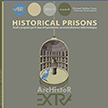
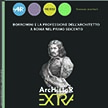
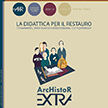

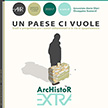
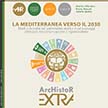
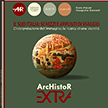
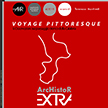
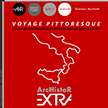
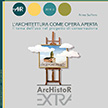
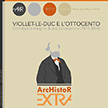
_2.jpg) .
. 
 .
. 

